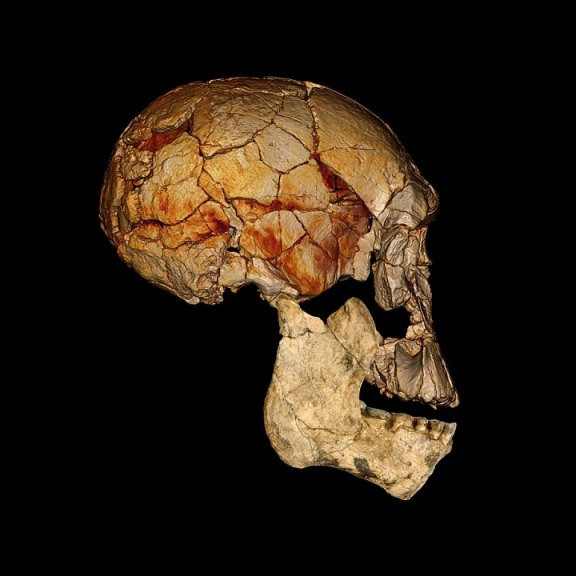New Fossils Identify Possible New Cousins Of Human Ancestor

Homo sapiens ancestor Homo erectus roamed through Africa nearly two million years ago. Now, scientists think he wasn't alone.
A group of researchers led by Stony Brook University anthropologist and National Geographic explorer-in-residence Meave Leakey found new fossils they say confirm that two additional species in the genus Homo were living alongside Homo erectus nearly two million years ago.
In a paper published in journal Nature on Wednesday, Leakey and her colleagues describe the face and parts of two lower jaws that they uncovered between 2007 and 2009 in Kenya.
The researchers say the new fossils shed light on a decades-old dilemma sparked by the 1972 find of a skull belonging to a flat-faced, large-brained individual. Some scientists argued it was just another Homo erectus that looked different because of natural variation, but others thought it was a separate species.
But the new face found in the same area has features similar to the 1972 specimen, suggesting both fossils' difference from Homo erectus isn't the result of an odd deviant but represents the traces of another species altogether.
"The new fossils will greatly help in unraveling how our branch of human evolution first emerged and flourished almost two million years ago," coauthor and University College London biologist Fred Spoor said in a statement Wednesday.
SOURCE: Leakey et al. "New fossils from Koobi Fora in northern Kenya confirm taxonomic diversity in early Homo." Nature 488: 201-204, 8 August 2012.
© Copyright IBTimes 2024. All rights reserved.





















